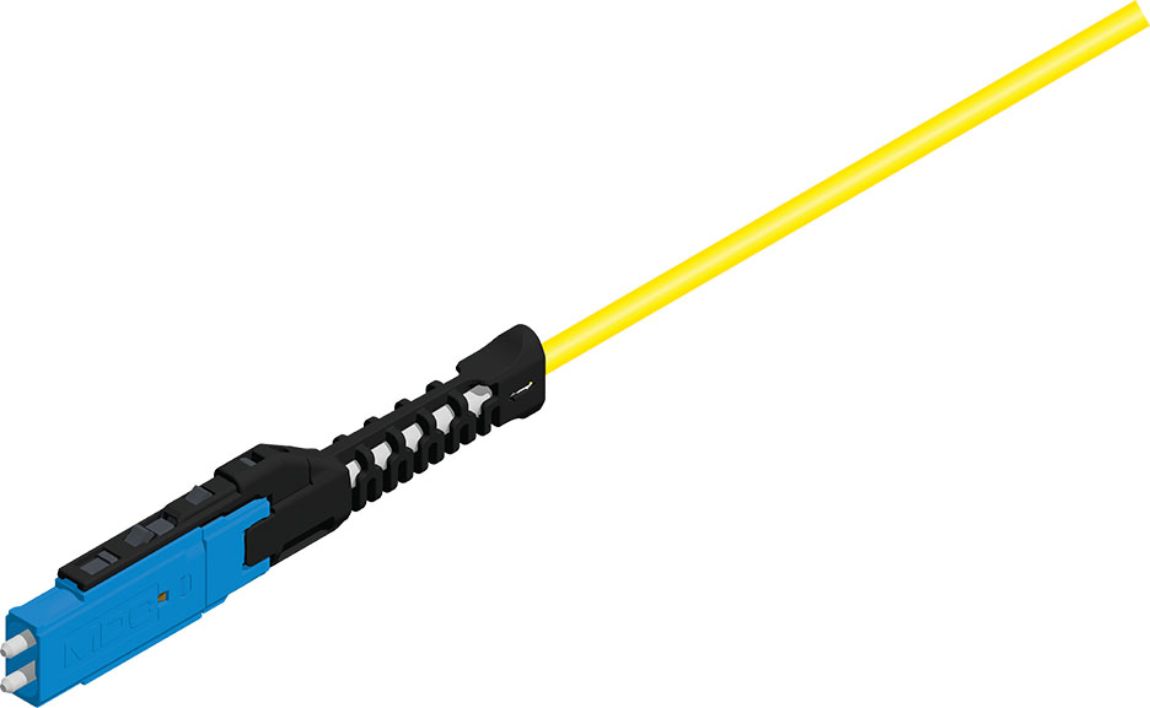Technology
High-Density Connectors – What Do You Think?
Nov 12, 2019
Image courtesy of US Conec
New high-density connectors in a smaller form factor have recently made news in the enterprise and hyperscale data center markets. What could be their impact and value on network design and applications? As the industry’s front line, we’re looking for your feedback on the potential for these devices via an online survey.
Designed originally for next-generation 200G/400G transceivers and approved as connector interface options in the QSFP-DD and OSFP transceiver Multi Source Agreements (MSAs), the new connectors are available from several leading manufacturers in both multimode and single-mode designs. One application is to use them as a connection directly to the transceiver. Here, two or four individual pairs of fibers can be treated separately such that a 400G transceiver can be configured to supply 2 x 200G connections or 4 x 100G connections. This provides some flexibility for data center operators in how bandwidth is allocated or how those connections are meshed within their network.
Another application is to take advantage of the smaller form factor connectors at the patch panel. Using individual patch cords or breakout harnesses, the new connectors can offer up to a 200 percent increase in connection density per rack unit compared to existing LC solutions. This offers a significant advantage in very space-sensitive areas.
“ Nexans is always keeping up with technological advances in the industry like these connectors. We are already able to incorporate them into some of our products and look forward to discussing their applications and getting even more of our customers’ feedback around them. ”
Brooke Ford
Product Manager – Fiber ConnectivityBrooke notes that the new technology comes with some trade-offs. While they provide the benefit of higher density and breakout capabilities, for example, text on the patch panel and patch cord labeling becomes more dense, potentially making it more difficult to read. They also bring another set of patch cord and harness types that have to be inventoried and managed.
“As an industry leader, Nexans is always ready to share and discuss new technology and connectivity options for our customers’ networks,” Brooke adds. “Our focus is on listening to the challenges of their applications and delivering value-added solutions. The smaller form factor connectors offer another potential opportunity for us to do this, and we’re interested in how we can best serve our customer’s needs.”
Nexans has developed a very brief survey (it should take less than 5 minutes to complete) to get your input on questions such as: “Where in the network would more connection density benefit you?” and “Will you need to grow connections but maintain footprint? If so, when?” To participate in the survey, please click here. And thanks for your input!

Our websites
Select your country to find our products and solutions
-
Africa
- Africa
- Ghana
- Ivory Coast
- Morocco
- North West Africa
- Americas
- Asia
- Europe
- Oceania